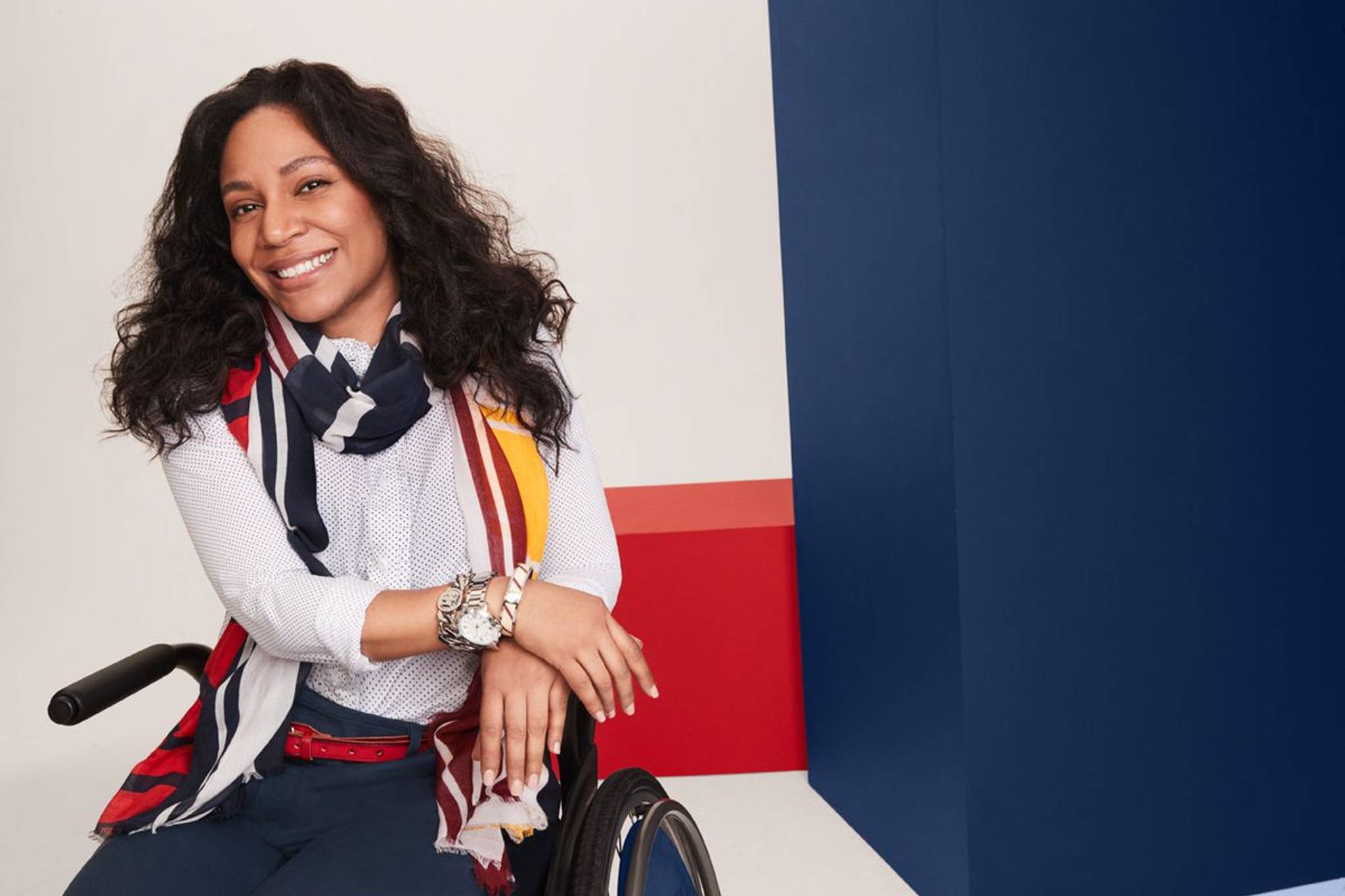
For the 11 million Britons who are deaf or hard of hearing, supermarkets can sometimes feel like inaccessible spaces. To promote inclusivity, Sainsbury’s has been drawing attention to the complex in-store experience faced by deaf shoppers, while also encouraging their staff and the public to learn British Sign Language. We explore the insights behind Sainsbury’s latest inclusive campaign, and how accommodating the diverse needs of shoppers is the next frontier of retail.
As part of its 150 Days of Community initiative, UK supermarket Sainsbury’s has launched ‘Signsbury's’, a pop-up in one of its Bath stores. The store includes visual guides and smart-tech installations designed to alleviate many of the complications faced by deaf shoppers. In addition to video demonstrations teaching British Sign Language for words such as ‘milk’ and ‘trolley’, Sainsbury’s staff have also been taught key BSL phrases so they can greet shoppers and ask about loyalty cards. This is not the first campaign from Sainsbury’s to demonstrate inclusivity. In February 2019, it trialled a sunflower lanyard scheme to support customers with hidden disabilities. “We want to be the most inclusive retailer where people love to work and shop, and it’s really important to us that we support both customers and colleagues with hearing difficulties,” says Sainsbury’s company secretary and corporate services director Tim Fallowfield.
With one-in-five British people suffering from a disability of some form, and with disabled consumers accounting for an estimated potential market value of £249 billion a year, it is easy to see why a shift in focus is needed – both from an ethical and a commercial standpoint. As the high-street continues to suffer with more consumers choosing to shop online, convenience retailers need to ensure that their brick and mortar experience provides accessibility to all consumers. Sainsbury’s move towards greater in-store representation is the latest in a series of operations launched by high-street chains that recognise the importance of catering to differently-abled shoppers and employees. In April 2016, UK supermarket Asda devised a quiet hour for autistic shoppers, and Starbucks made a pledge in 2018 to create a more deaf-inclusive workforce.
Yet, while there has been noticeable progress, with 700 companies pledging to improve the experience for disabled shoppers as part of disability visibility movement “Purple Tuesday”, a 2018 study carried out by design agency Sigma found a quarter of businesses could not accommodate a wheelchair and a third were unable to assist with cognitive impairments like autism. However, as social media continues to facilitate a call-out culture where marginalised communities are able to demand greater representation, the conversation around disability visibility is growing. And with leading retail giant IKEA releasing a new campaign and range of disability-friendly products, it appears big change is on the horizon.
Matilda Ruck is a Junior Behavioural Analyst at Canvas8. She has a degree in Politics and Philosophy as well as a foundation in psychotherapy and is passionate about exploring the interplay between creativity, psychology and culture. Outside of work, you can find her writing short stories, tending to her ginger cat Thomas O’Malley or oscillating between yoga and karaoke practice.



